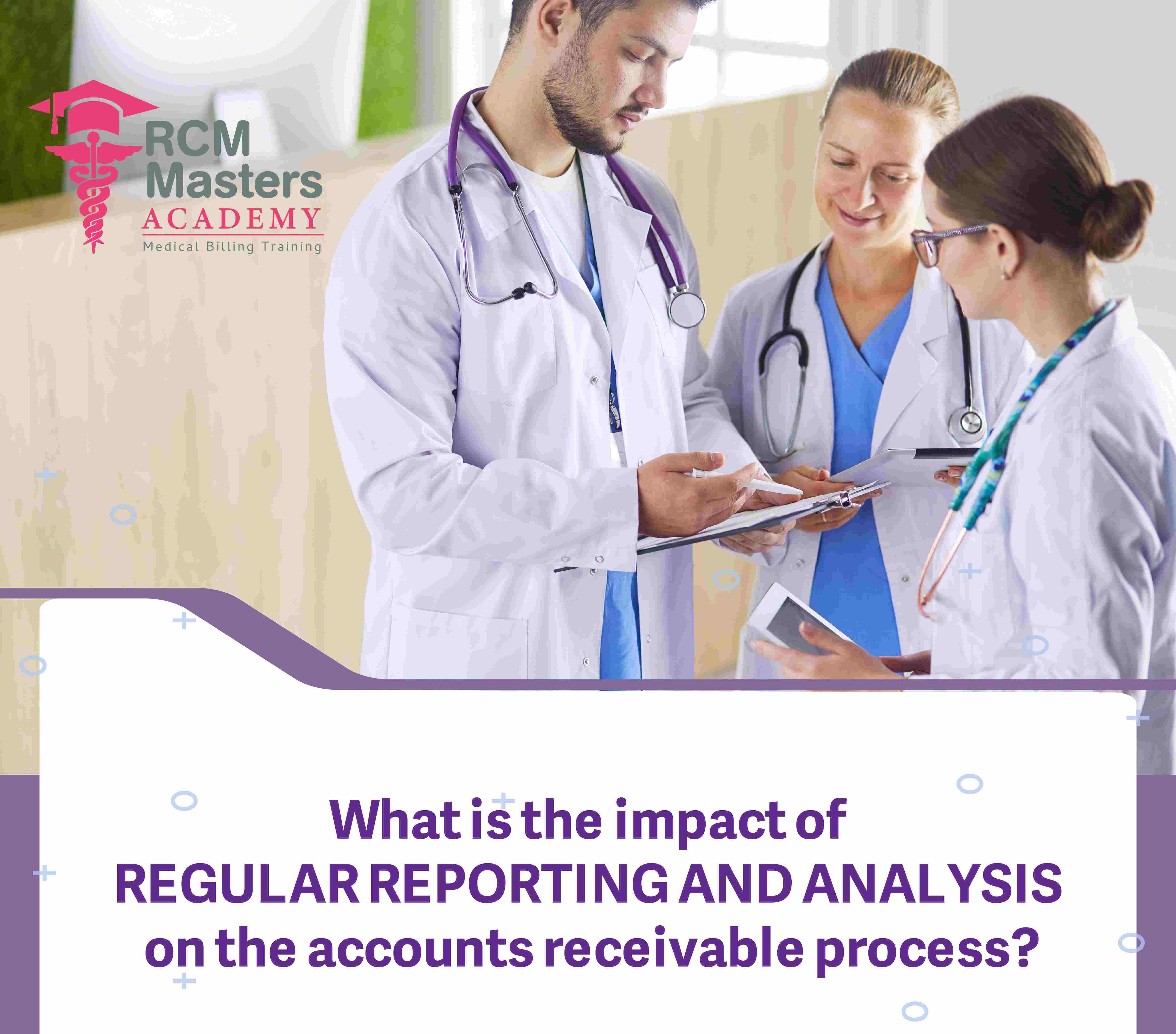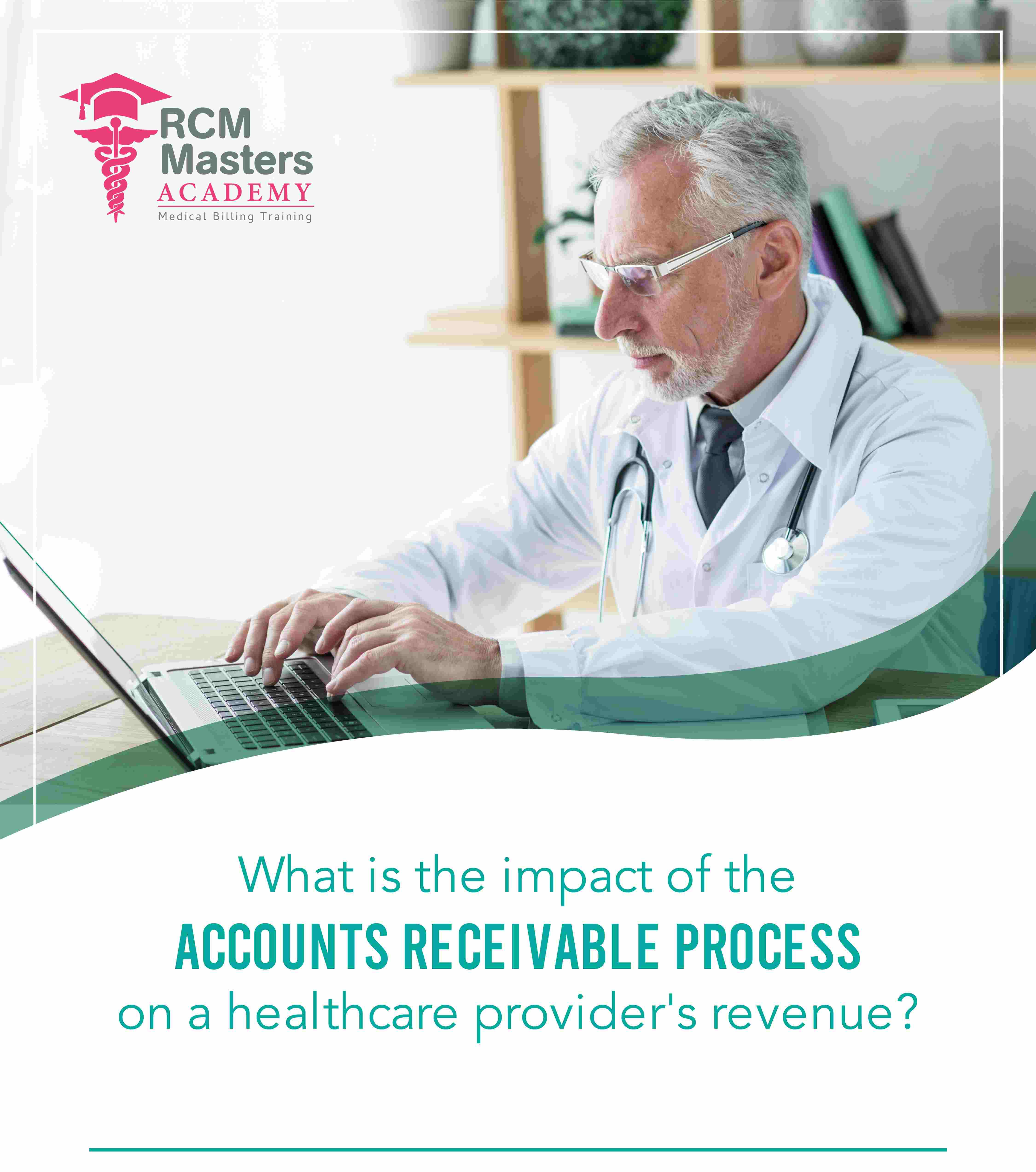 info@rcmmastersacademy.com
info@rcmmastersacademy.com

The accounts receivable process is a vital part of any organization's financial management, as it involves managing the payment collections from customers for the goods or services provided. To ensure that this process runs smoothly, regular reporting and analysis of accounts receivable can be very beneficial. We will discuss the impact of regular reporting and analysis on the accounts receivable process.
1. Improved Cash Flow... Read more

The healthcare industry is one of the most complex industries in the world, with a unique set of challenges that require careful management. One of the most critical aspects of healthcare management is the management of the accounts receivable process. Accounts receivable is an essential component of any healthcare provider's revenue cycle management, and its effective management can have a significant impact on the provider's overall financial health... Read more

Timely filing limits play a critical role in the accounts receivable process for healthcare providers. These limits refer to the deadline by which healthcare providers must submit claims to insurance companies for reimbursement. Failure to meet these deadlines can result in denied claims, lost revenue, and increased administrative costs. We will explore the impact of timely filing limits on the accounts receivable process.
First and foremost, timely... Read more

counts receivable is a critical process for any business. It represents the money that a company is owed by its customers for goods or services that have been sold but not yet paid for. The accounts receivable process is a vital part of the cash flow cycle for any business, and underpayments can have a significant impact on this process. We will discuss the impact of underpayments on the accounts receivable process and how companies can mitigate the negative effects.
<... Read more
Medical billing and coding can be a complex process, and there are many codes and modifiers that can be used to accurately describe the services rendered by healthcare providers. One such modifier is -22, which is used to indicate that a procedure was more complicated or time-consuming than usual. We'll explore what the modifier -22 is used for, and how it impacts medical billing and coding.
First, it's important to understand what a modifier is in the conte... Read more

The modifier -25 is a commonly used code in medical billing and coding. It is used to indicate that a significant, separately identifiable evaluation and management (E/M) service was provided by a healthcare provider on the same day as another procedure or service.
In other words, the modifier -25 is used to show that a healthcare provider performed an E/M service that was distinct from the other services provided on the same day. T... Read more

Modifiers are an important tool for medical billing and coding. They are used to provide additional information about a procedure or service performed by a healthcare provider. The modifier -26 is one such modifier that is commonly used in medical billing and coding. We will discuss what the modifier -26 is used for and how it affects medical billing and coding.
The modifier -26 is used to indicate that only the professional component of a service o... Read more

The modifier -50 is used in medical coding to indicate a bilateral procedure, which means that the procedure was performed on both sides of the body simultaneously. This modifier is commonly used in surgical procedures that are performed on paired organs or structures, such as the eyes, ears, arms, legs, or kidneys. It is also used for procedures that involve multiple sites on the same organ or structure, such as a bilateral breast biopsy or a bilateral cataract extraction.Read more

Medical billing and coding can be a complex and challenging field. One of the most commonly used modifiers in medical coding is modifier -59, which is used to indicate that a service or procedure was distinct or separate from other services provided during the same visit or encounter. We will explore what the modifier -59 is used for and how it affects medical billing.
First, it is important to understand that modifier -59 is a comm... Read more

The modifier -TC is a commonly used term in the healthcare industry, particularly in the context of medical billing and coding. It is used to indicate that a service or procedure was provided via telecommunication technology, such as video conferencing, phone call, or secure messaging. The use of telecommunication technology in healthcare has become increasingly popular, especially in light of the COVID-19 pandemic, which has accelerated the adoption of telehealth services.Read more